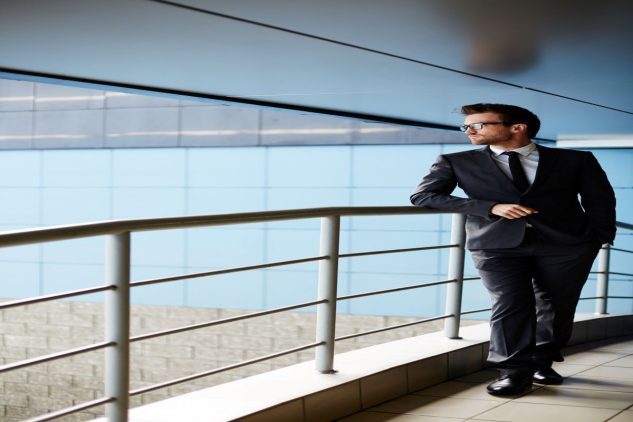Inspecting Rust On Fences
Rust is more than just a visual problem. When railings are not galvanized the result is a product that rusts after a few years of use. Rusted railing is not just an eye sore, it is unsafe. When metal is rusted it loses it structural integrity, resulting in a product that will not perform to manufactures specification. Read on to learn more.
Inspecting
To assure a safe environment while working at heights, be sure to annually inspect railings for rust. Pay particular attention to the joints where welds are made. If the joint is rusty, it may no longer be structural
Preventing
The railing should be galvanized. If the railing is merely painted or powder coated, the paint will chip and the metal will rust. If the railing is galvanized, the metal has been treated to resist rust. Avoid railing that is welded. Even if your pipe is galvanized, welding requires that the galvanization be removed. Most of the time on a welded railing, the joints begin to rust long before the main sections of pipe. To avoid welding, build a railing based on pipe fittings. Fittings provide a connection as strong as a weld, but the galvanization is not broken, resulting in a longer lasting railing. Build with aluminum. Aluminum is great for moisture rich environments. It will not rust and it provides a great look. You’ll pay extra for aluminum, but if you are looking to the long term the results will be worth the cost. Add powder coating for an added level of protection. Standard paint usually chips off easily. Powder coating is a baked on paint that provides a protective coating over the entire surface of the metal. Powder coating can usually be done in any color and adds longevity and aesthetic value to the railing. Be sure that the metal underneath is galvanized to prevent rusting if the paint coating should chip.

